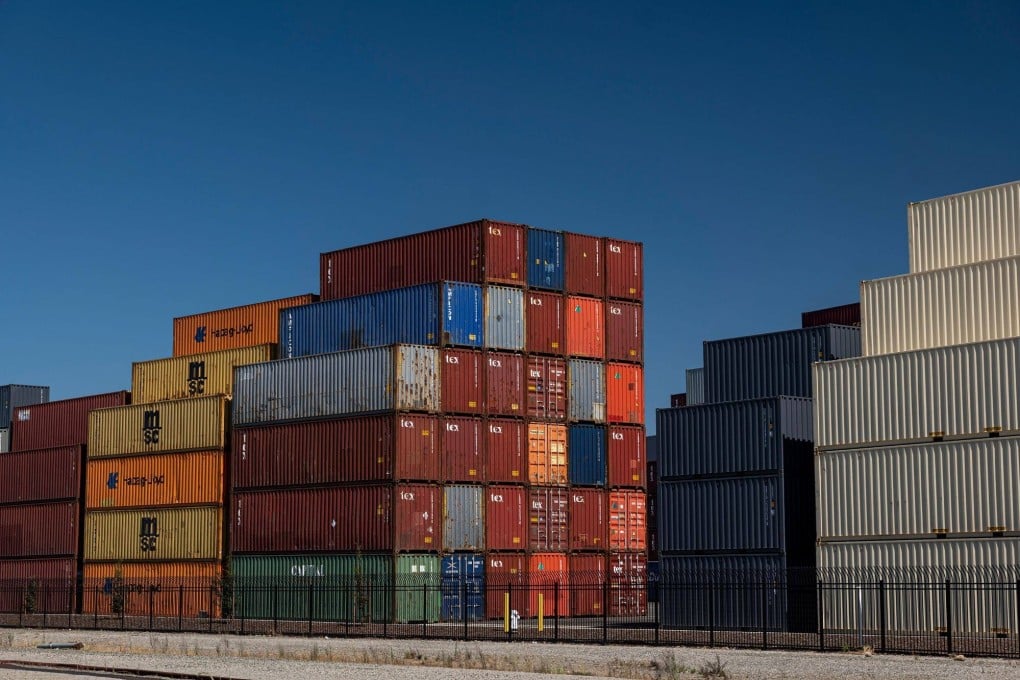Advertisement
Macroscope | Solving inflation in 2022 means throwing out the 1980s playbook on supply chains
- In decades past, supply chains were smooth, inflation levels were low and long-term supply contracts with annual price-adjustment clauses posed few risks
- Cut to today’s inflation and supply chain crisis, and it’s clear that ‘vintage’ contracts with built-in cost inflators need to be brought up to date
Reading Time:3 minutes
Why you can trust SCMP

Last week’s US inflation data has many drawing comparisons to the early 1980s. We are assured that today’s central bankers have a plan. It’s plucked from a playbook last used in the same era: increase short-term interest rates, stall new home construction and demand for consumer durable goods, and create enough surplus labour to thwart excessive wage increases. Crude, yes, but effective.
Advertisement
Yet the world today is very different from the one that spawned the Pontiac Fiero and the first Sony Walkman. This is especially true for modern supply chains.
For the past three years, supply chains have endured hastily revised demand forecasts, pandemic-induced trade disruptions, port congestion and all-around chaos. It has been a challenge for a generation of professionals who have toiled for decades in a global marketplace characterised by Swiss-like stability.
However, as trying as these conditions were and continue to be, they were only stressed, not broken, and managing these circumstances is what supply chain personnel pride themselves on doing well. But add to this the complexity of spiralling costs?

Inflation is a more formidable adversary, and one supply chain personnel are not prepared to manage nearly as well. The problem originates with the nascent Japanese production methods that were adopted, first by American companies and then elsewhere, beginning in the late 1970s.
Advertisement

Advertisement
